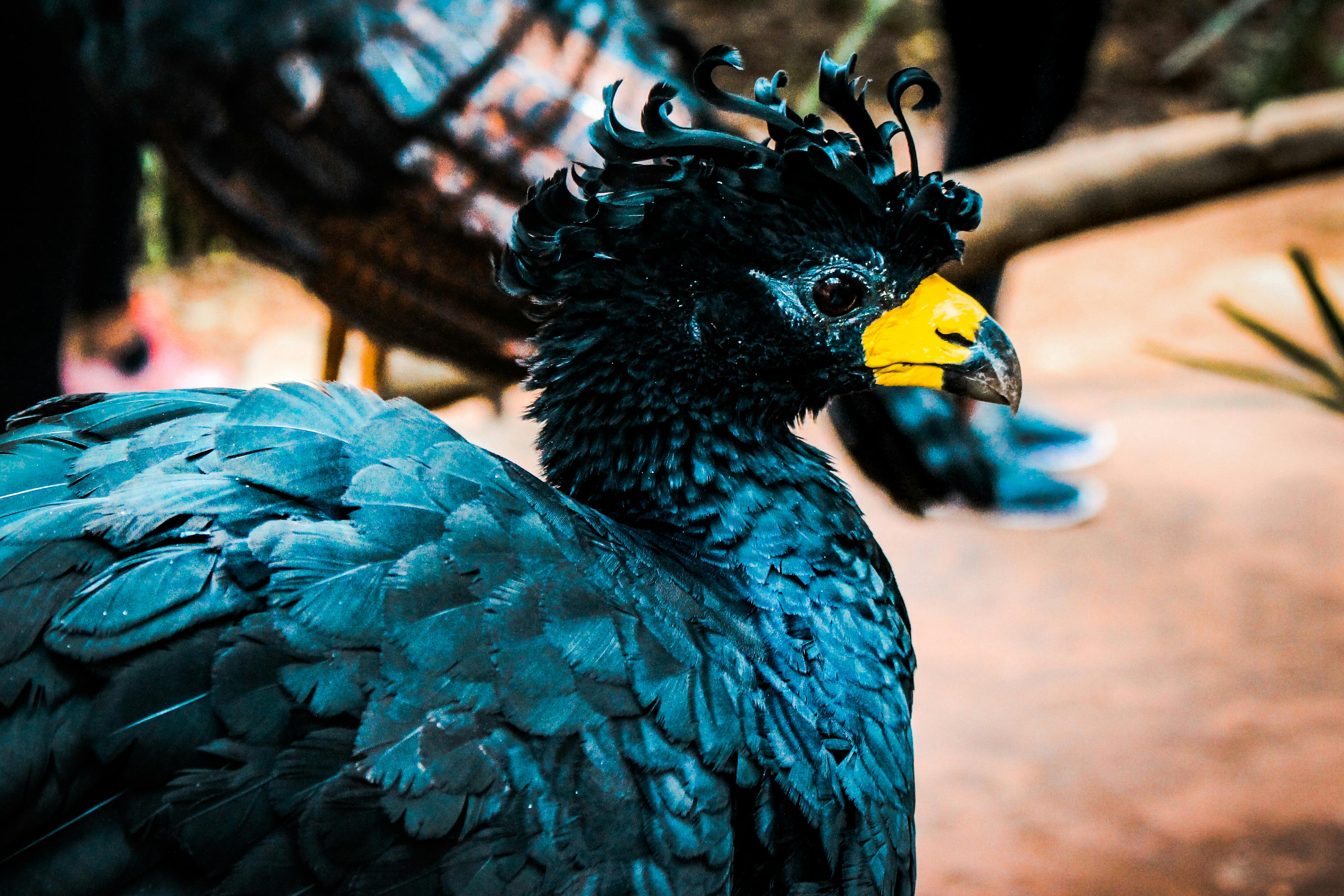Rediscovering the Forgotten World of the Dodo Bird: A Story of Extinction and Lessons for Conservation
The dodo bird, a creature that has long been synonymous with extinction, still manages to captivate our curiosity and imagination centuries after its last sighting. This article delves into the captivating world of the dodo bird, its unfortunate demise, and the pivotal lessons it offers for current and future wildlife conservation efforts.

The dodo bird, once native to the island of Mauritius in the Indian Ocean, was a large, flightless bird that is believed to have weighed between 20 and 50 pounds. Its inability to fly and lack of natural predators on the island resulted in a population that was both abundant and fearless of humans. This, however, would lead to their downfall. With the arrival of Dutch sailors in the late 16th century, the dodo bird became a source of fresh meat for the seafarers and their domesticated animals. By the late 17th century, the bird was declared extinct.
The Dodo Bird: A Victim of Human Exploitation
The extinction of the dodo bird serves as a stark reminder of the destructive impact of human activity on wildlife. Despite the bird’s significant population, it took less than a century for it to be wiped from existence following the arrival of humans. The dodo bird’s lack of fear towards humans coupled with its inability to fly made it an easy target for hunting. Additionally, the introduction of invasive species like rats, cats, and pigs by the sailors disrupted the bird’s habitat and breeding patterns, further accelerating its extinction.
The Echoes of the Dodo Bird in Today’s Conservation Efforts
The story of the dodo bird continues to resonate within modern conservation efforts. It has become a symbol for the devastating effects of human interference on wildlife populations. Conservationists use its story as a rallying cry to protect endangered species and to promote sustainable practices. It’s a powerful reminder that extinction is final and irreversible.
The Science of the Dodo Bird: What New Discoveries Reveal
Even centuries after its extinction, the dodo bird continues to be a topic of scientific interest. Recent studies using DNA analysis and advanced scanning technology have shed light on the bird’s dietary habits, social structure, and even its coloration. It was discovered that the dodo bird was not the clumsy, awkward creature as depicted in popular culture, but a bird adapted perfectly to its environment. Such research not only helps demystify the bird but also provides crucial information for the conservation of other species.
The Dodo Bird and Its Market Impact: A Symbol of Extinction
The dodo bird, though extinct, has a considerable presence in today’s marketplace. Its image is frequently used in toys, books, and other merchandise, often serving as a cautionary tale about extinction. The dodo bird has become a commodity, a part of popular culture that enhances awareness about wildlife conservation.
The dodo bird’s tale is indeed a tragic one, but it’s also a tale from which we can learn valuable lessons. Its story reminds us of the fragility of life and the importance of coexisting harmoniously with nature. As we continue to grapple with climate change and biodiversity loss, let the dodo bird’s fate be a reminder of the dire consequences of neglecting our planet’s precious wildlife.




